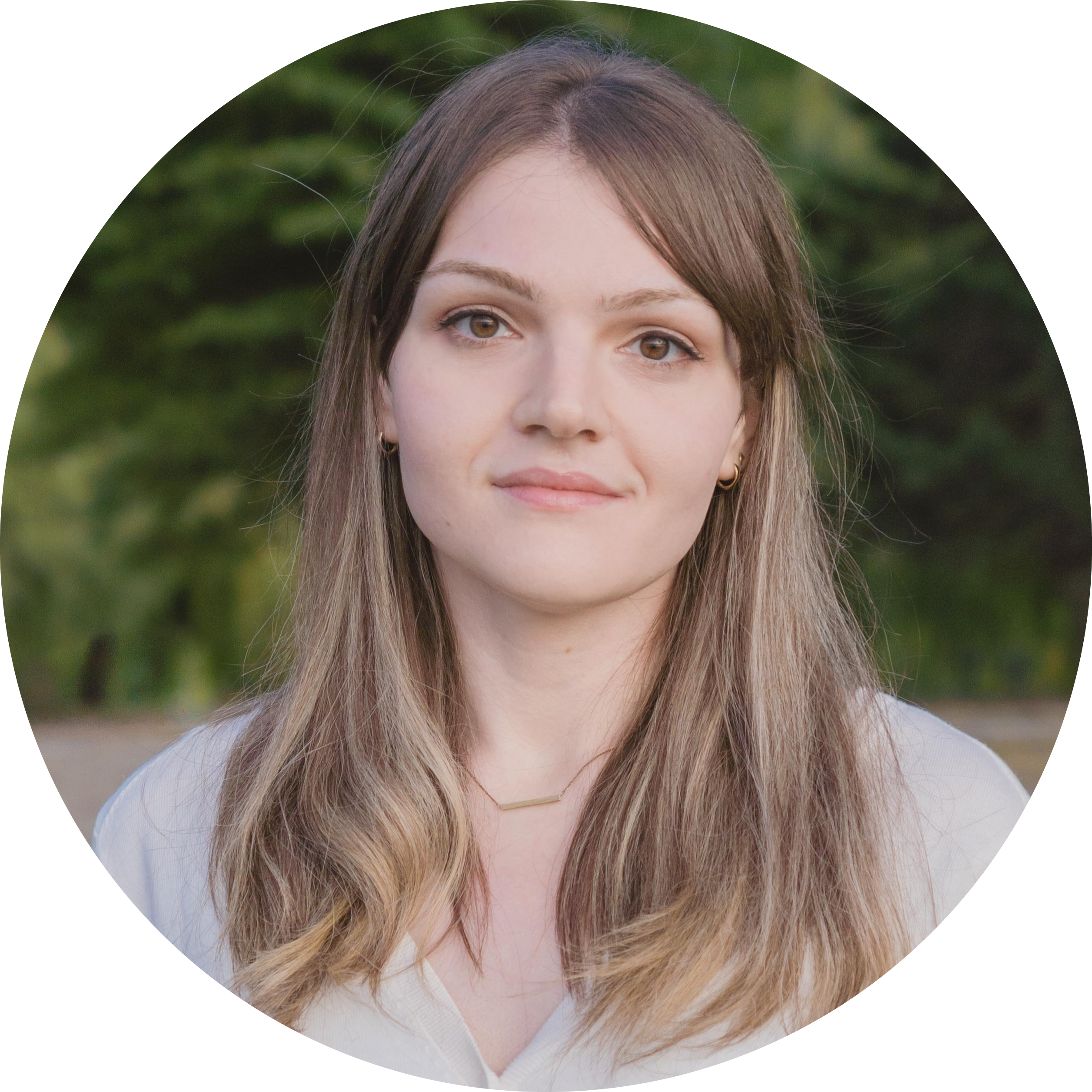About Me
I’m a PhD student at Cornell co-advised by David Shmoys and Andrea Lodi. My research focuses on developing AI and optimization methods with applications in biology, including fishery sciences, ecology, and genomics. Previously, I worked with Carla Gomes to develop methods to track aquaculture development from satellite imagery, with Claire Kremen to scale an analysis of functional connectivity to the global level, and with Geoffrey Schiebinger on optimization methods for single-cell genomics.
Projects
Mapping Aquaculture in the Amazon
Aquaculture, or the farming or cultivation of aquatic organisms including fish and shellfish, has the potential to
create economic growth with lower land-use, freshwater use, and carbon emissions than traditional livestock.
Aquaculture is growing rapidly in the Amazon. However, the location, extent, and life-cycle of
operations are poorly understood. Working with Dr. Carla Gomes, I helped develop deep learning methods to
detect aquaculture ponds from medium resolution satellite data, using temporal information, attention, and
contrastive learning to deal with issues including label imbalance, label bias, and generalization to new regions.
Towards sustainable aquaculture in the Amazon
Nature Sustainability, 2025.
Detecting Aquaculture with Deep Learning in a Low-Data Setting
SigKDD, Fragile Earth Workshop, 2023.
Modelling Connectivity of Global Protected Areas
Large mammals often require more space than a single protected area and having connected protected areas
is key for gene dispersal. It is important to understand which protected areas are isolated or at risk of
isolation. I worked with Dr. Claire Kremen on the first global study of
resistance-based connectivity, which takes into account the many possible paths across a landscape. Our
results identified areas that are critical for connectivity but remain unprotected and we compared
the overlap of these areas with existing conservation prioritization schemes.
Functional Connectivity of the World’s Protected Areas
Science, 2022.
Spatial and Temporal Single-cell Transcriptomics
Single-cell RNA-sequencing has allowed researchers to get snapshots of gene expression in individual cells.
However, as the sequencing process is destructive and disassociates cells within a tissue, there is a need
for methods to understand how development occurs in both space in time. I worked with Dr. Geoffrey Schiebinger
on projects applying optimal transport to understand developmental trajectories and helped develop GPS-Seq,
a manifold-learning approach to spatial transcriptomics that allows cellular positions to be reconstructed
without the use of imaging.
DNA-GPS: A Theoretical Framework for Optics-Free Spatial Genomics
Cell Systems, 2023.
Optimal transport analysis reveals trajectories in steady-state systems
PLOS Computational Biology, 2021.
